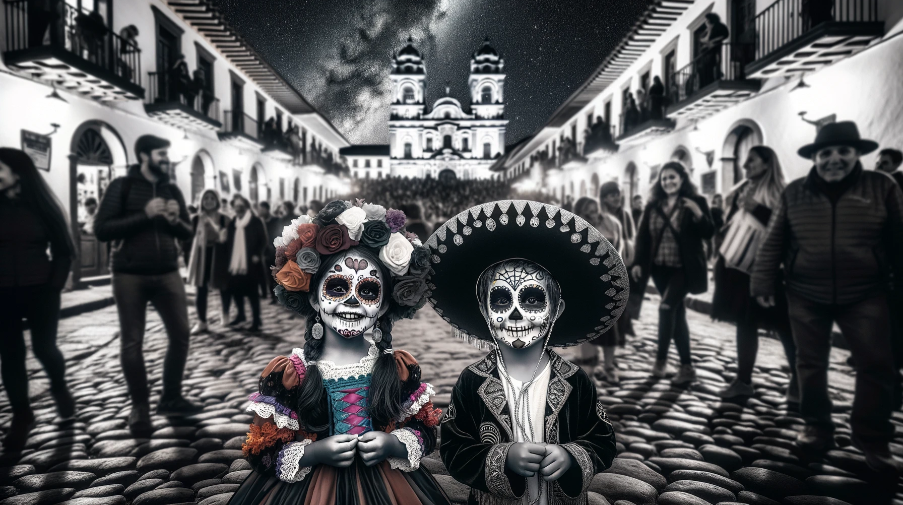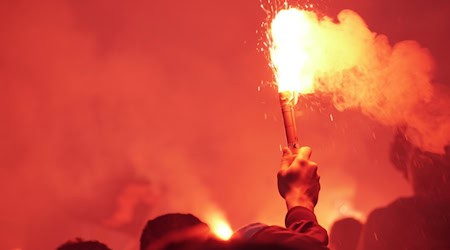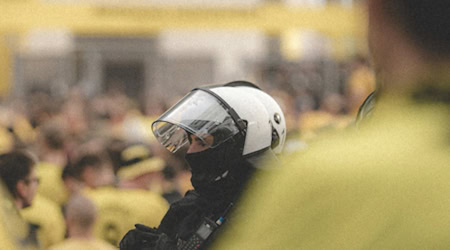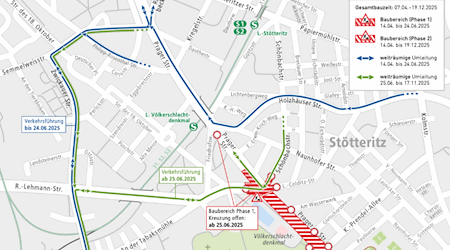Among the cultural festivals that span the globe, Mexico's Dia de los Muertos, or Day of the Dead, stands out with its vibrant colors, profound symbols and unique perspective on mortality that is both celebratory and serene. This multi-day celebration, held primarily between Oct. 31 and Nov. 2, coincides with the Christian holidays of All Saints' Day and All Souls' Day, and has roots that can be traced back to the traditions of the Aztec and Nahua peoples.
At its core, Dia de los Muertos is a remembrance of friends and family members who have passed away, with the understanding that death is not the end, but a natural phase in the continuum of life. The holiday defies the usual somber tones of mourning and embraces the deceased with festivities as vibrant and colorful as any life well lived deserves.
Families create ofrendas (altars) decorated with bright marigolds, papel picado (openwork paper), candles, food and drink to honor the deceased. It is believed that the offerings draw the souls of the dead into the world of the living so they can hear the prayers and comments of the living. Photos of the deceased and their favorite items are also placed on the altar, adding a deeply personal touch to any memorial site.
Calaveras (skulls), usually made of sugar, are iconic to the celebration. These sweet treats are artistically decorated to capture the joy and playfulness of the occasion. Likewise, calacas (skeletons) are depicted performing everyday activities, representing the role of a deceased person in the community and symbolizing the cyclicality of life.
Culinary traditions also play an important role. Pan de muerto, a sweet bread decorated with bone-shaped pieces, is a staple alongside the deceased's favorite meals. The idea is to treat the spirits to the scents and essences of the food they enjoyed, an olfactory bridge between worlds.
In public spaces, parades and processions are common, with participants dressing in elaborate costumes and makeup that resemble skulls, reinforcing the presence of death as part of the community fabric. These gatherings are often accompanied by music, dance and stories that add to the festive atmosphere.
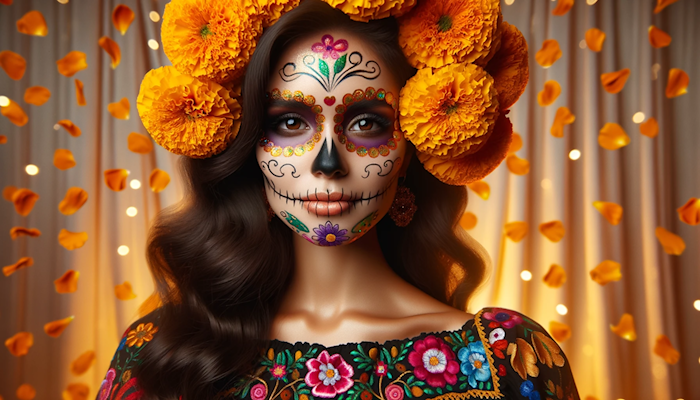
Photo: Woman at the Day of Remembrance of the Dead the Dia de los Muertos ( DALL-E)
The practice of remembering the dead, celebrating their lives and reinforcing the connection between the deceased and the living is not unique to Mexico. Similar traditions exist around the world, but Dia de los Muertos occupies a unique place because of its blend of indigenous Mexican and Catholic practices. It is a UNESCO-recognized intangible cultural heritage, a testament to its profound cultural significance.
In modern times, the influence of Dia de los Muertos is felt beyond Mexico's borders, reflecting a growing global appreciation for this life-affirming way of honoring the deceased. The symbolism of the celebration, particularly the calaveras, has been embraced by pop culture and is often seen in art, fashion and media around the world.
Dia de los Muertos is not just a day of remembrance, but a platform for cultural expression and continuity of ancient traditions. It teaches us that honoring death is a celebration of life and that memory is the thread that weaves the past into the living fabric of the present.

